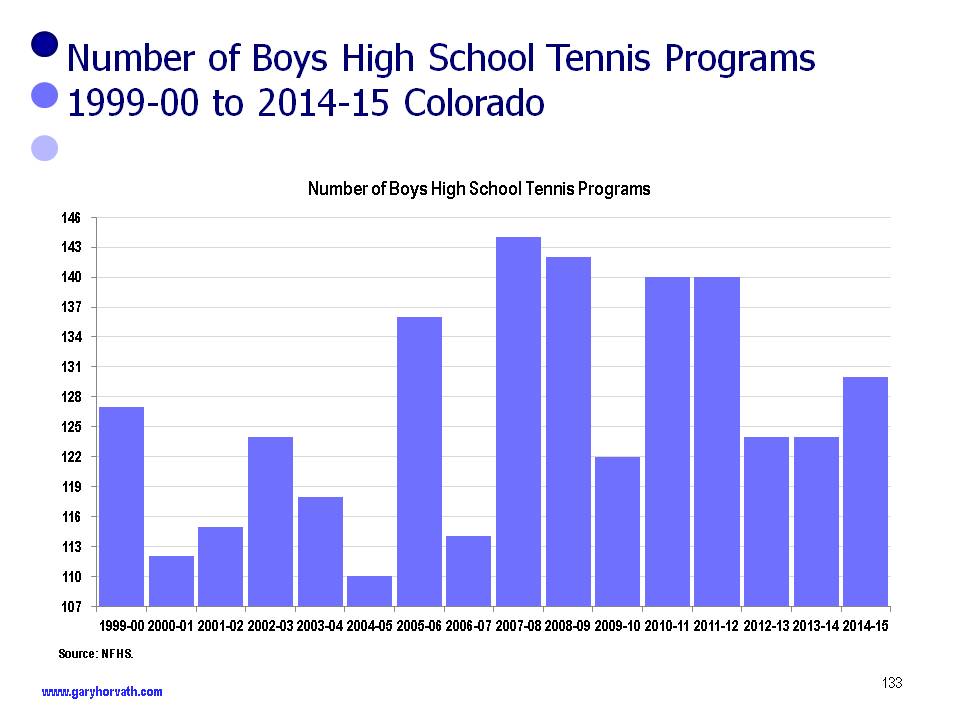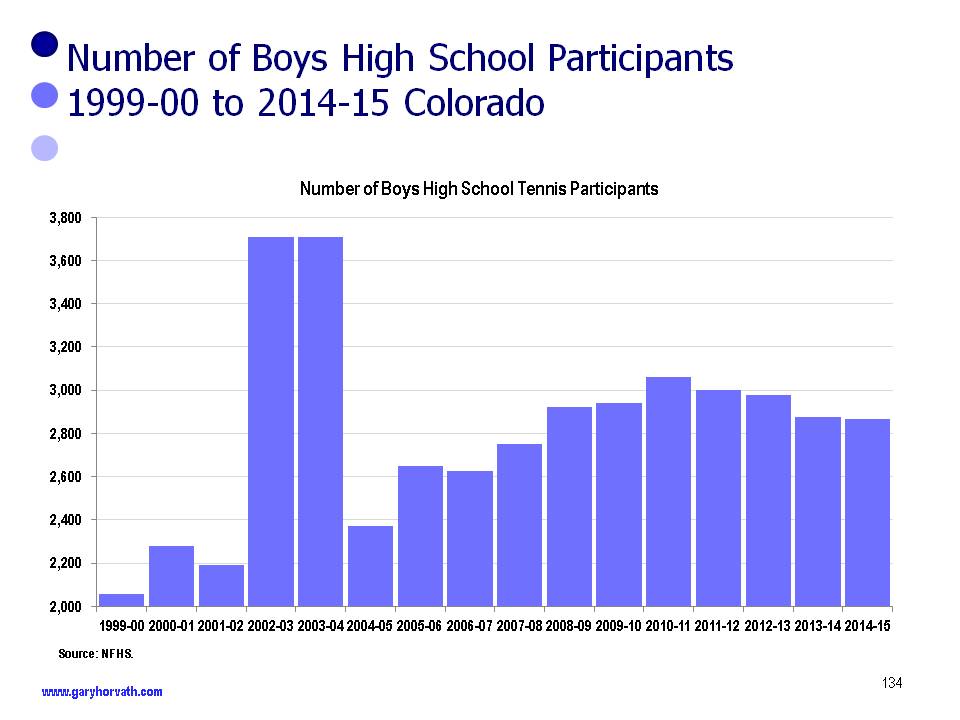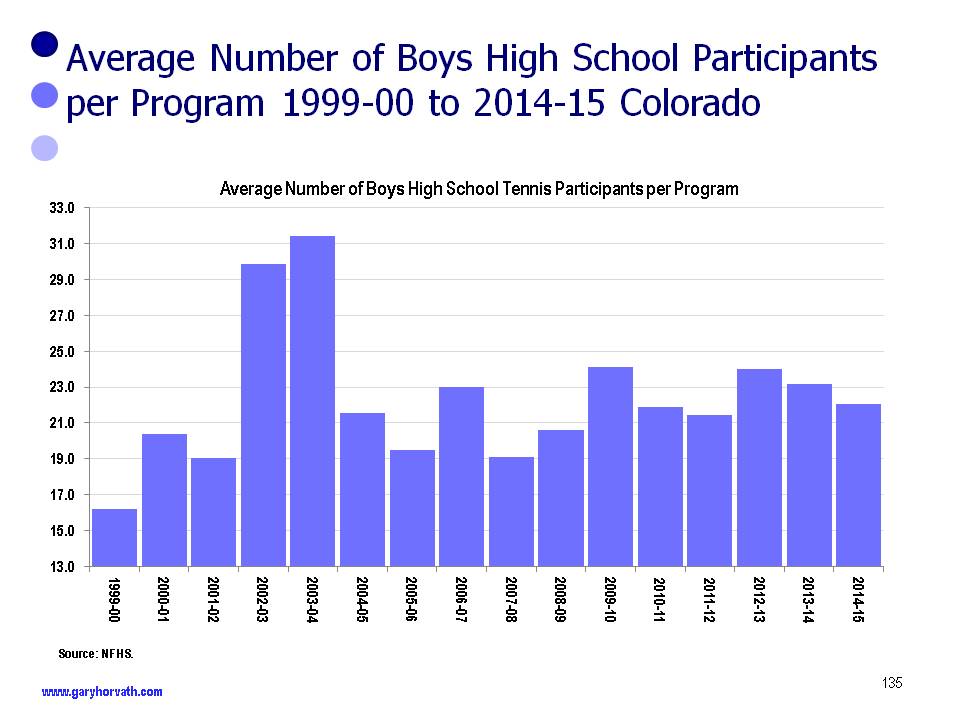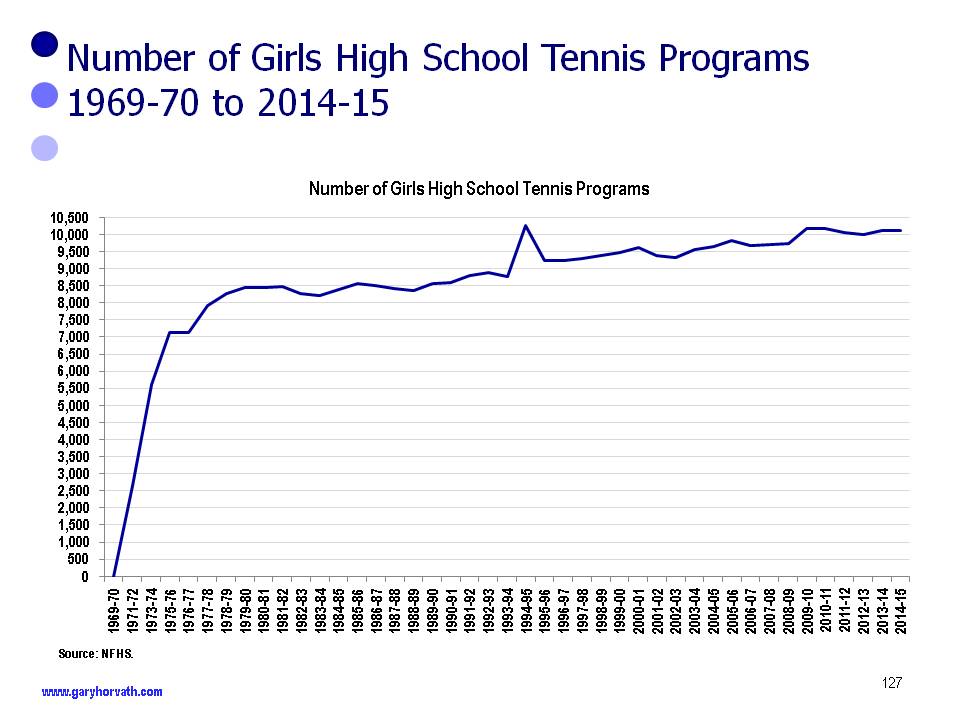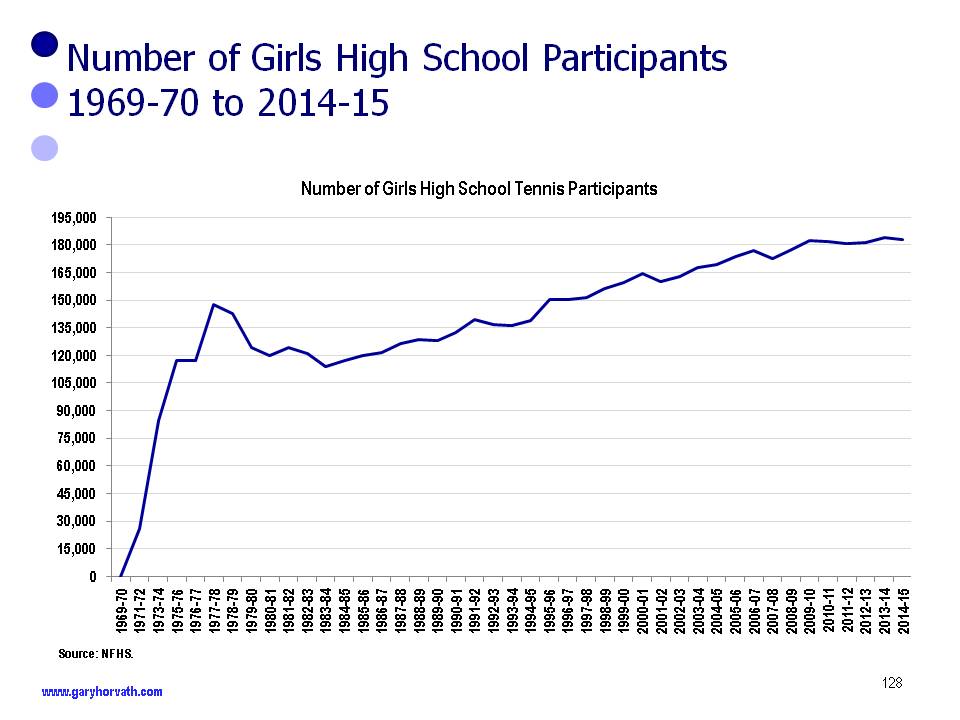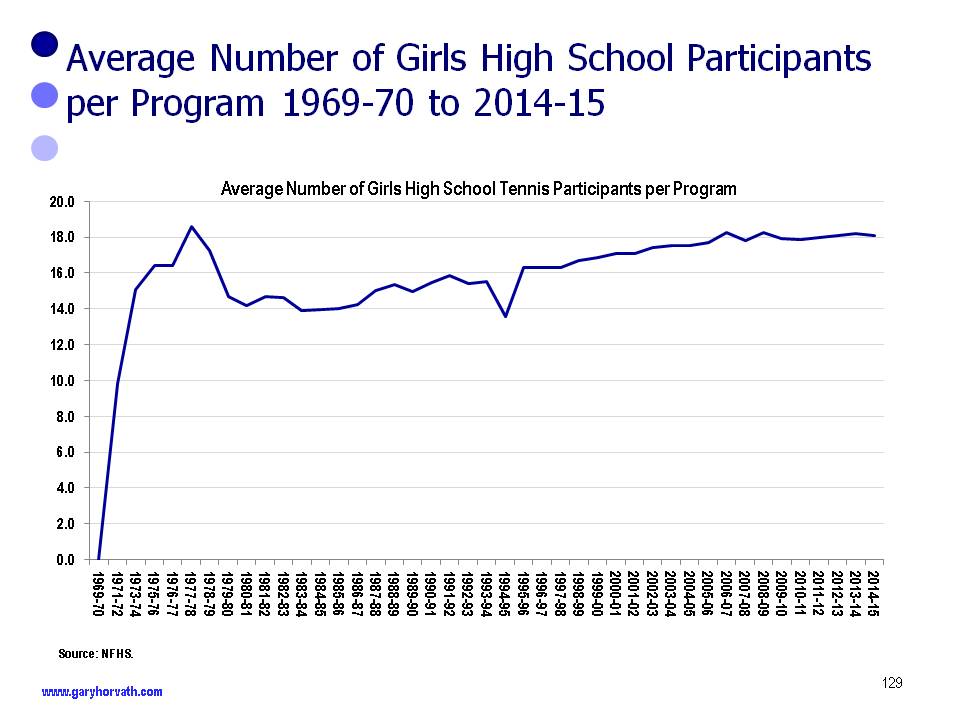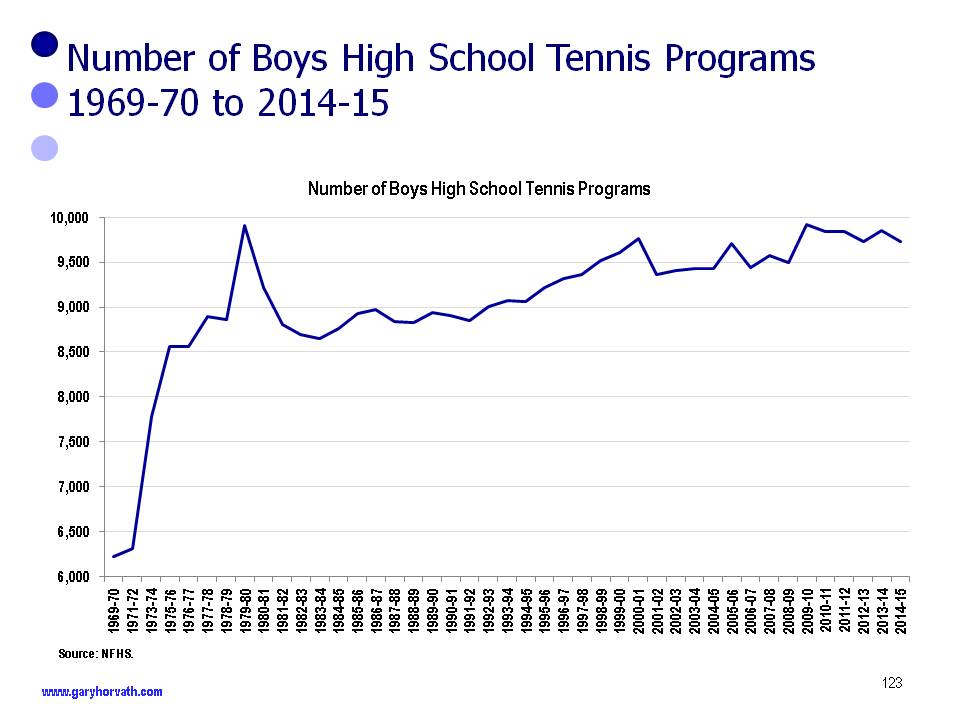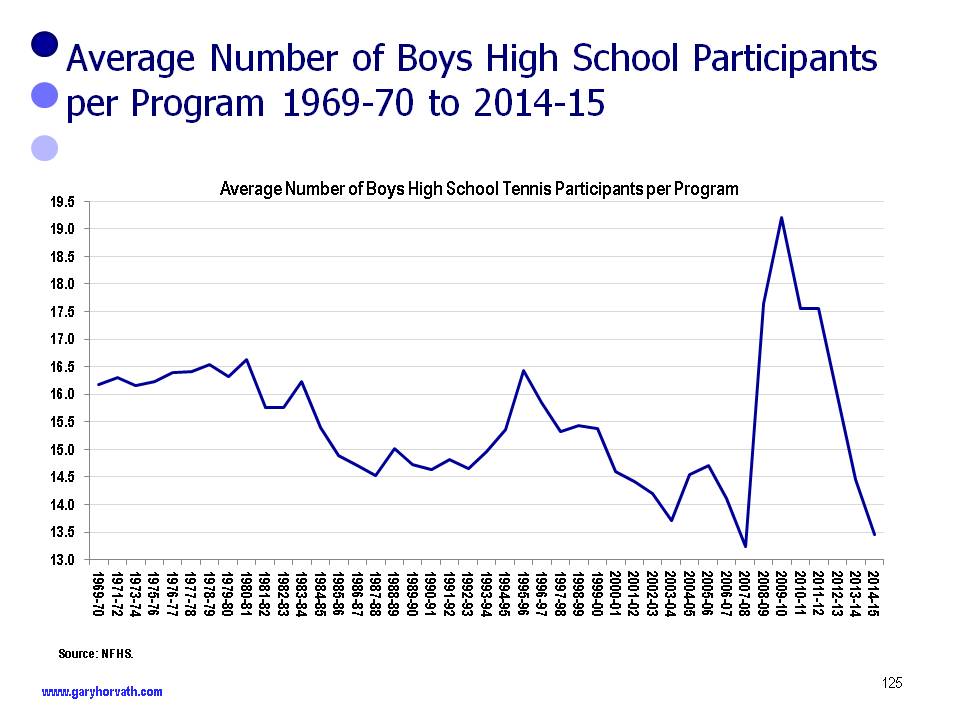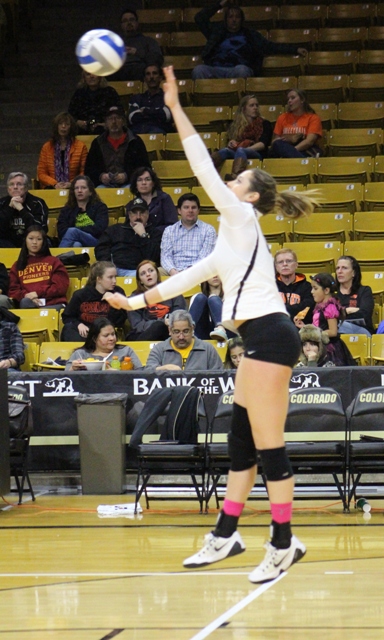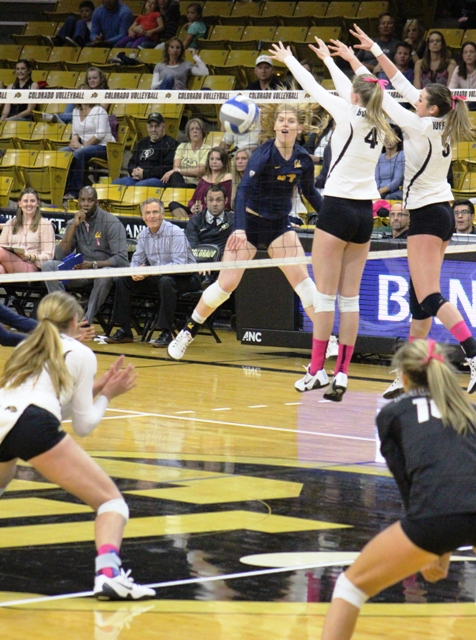Both the past director of USTA Player Development, Patrick McEnroe, and the current director, Martin Blackman, have spoken highly about the group of American junior boys who are transitioning into the professional ranks. Several of these youngsters took that step at the 2016 Australian Open. Their results showed they have potential, but it is clear they are the new kids on the block.
There were 14 American men in this year’s Grand Slam Down Under. The six first-round losers included newcomer Taylor Fritz and veterans Bjorn Frantangelo, Sam Querrey, Ryan Harrison, Brian Baker, and Donald Young.
Six of the eight remaining players were ousted in the second round with 1-1 records. Noah Rubin, the only youngster, was accompanied by the following players with more experience Denis Kudla, Austin Krajicek, Rajeev Ram, Tim Smyczek, and Jack Sock.
Journeyman Steve Johnson was ousted in the third round with a 2-1 tournament record.
John Isner, was defeated in the round of 16 with a 3-1 record. As is usually the case, he held his seed (#10). Overall the American men won 9 matches and lost 14.
Hats off to Novak Djokovic for capturing his sixth Australian tournament. He is now tied with Roy Emerson for the most number of Australian Open singles tournaments.
Historically, only a handful of Americans juniors have participated in the Australian Open. Only three American boys entered the junior event this year. Ezekiel Clark lost in the first round. Ulises Blanch exited in the second round (1-1) and Liam Caruana lost in the round of 16 (2-1).
Once again the Australian Open proved the current American men are capable of playing at the professional level, but they are no match for the world’s elite players. Time will tell if Fritz, Rubin, and their peers can hang with the best in the world.
Next stop French Open.
